A report from Dr. M while he is at sea in the northeast Pacific. You can follow the expedition here.
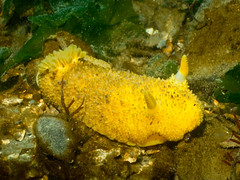 photo credit: zlatkarp
photo credit: zlatkarp
I began Friday with my first scuba dive off the Oregon coast. Forty-five minutes at 20 feet in some of the murkiest water I ever had the displeasure of diving in, less than three-foot visibility at 49 degrees. Why would anybody dive in such conditions? Diving is like pizza, it’s never bad… just varying levels of good. I did manage to see a handful of rock crabs and rock fish during the dive, which of course led me to think of lunch. A juvenile lemon nudibranch (example of one, left), at barely 1cm, was the highlight.
A quick gear rinse and double latte to increase my core temperature and I was off to load the ship with my personal and science effects. Dr. Mah and I walked around Newport to visit a couple of local bookshops. Fittingly, Dr. Mah scored an original hard cover copy of Log from the Sea of Cortez detailing John Steinbeck’s and Ed Ricketts’ journeys on the Western Flyer. The Monterey Bay Aquarium Research Institute’s research vessel was named in honor of that ship and its remotely operated vehicle (ROV) for “Doc” Ed Ricketts. A few rounds of pints at the local Rogue Brewery (love the mocha porter) and it’s a day.
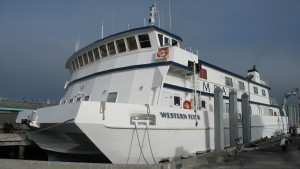
Saturday we started the 24 hours and 240 nautical mile steam aboard the Western Flyer to our first ROV dive site, Coaxial (see map below). Eight am tomorrow and the ROV Doc Ricketts <picture> descends 2364 meters to explore a 1km wide volcanic cone on the Juan de Fuca Ridge. My research mission on this expedition is to quantify how deep-sea communities develop over time, i.e. the ecological succession of the fauna. Work like this has occurred for the muddy bottom but virtually absent at hard bottom substrate. To do this, as it is obviously difficult to observe a community changing through time without considerable repetitive sampling over time, we will visit several aged lava flows and compare the biological communities among them. Research by our team from 2005 began to lay the groundwork for this study. Preliminary analysis of that data indicated that these communities are indeed changing, up to 50% in less than 15 years, but that these communities also contain a signature of the depth they arise at. New sampling will help increase our resolution and begin to explore these processes in detail. The presence of Dr. Mah onboard will help gain better insight into how the echinoderm fauna is changing. Of course, I am sure Dr. Mah and I will also continue to have lively discussions on whether mollusks or echinoderms are better (it’s mollusks). Tomorrow’s dive visits lava flows dated to 1993 and another that occurred somewhere between 1982 and 1992.
[googlemap lat=”46.5191236″ lng=”-129.588406″ width=”500px” height=”500px” zoom=”4″ type=”G_SATELLITE_MAP”]Coaxial, Juan de Fuca Ridge[/googlemap]


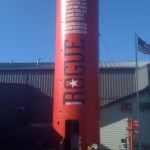

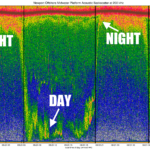
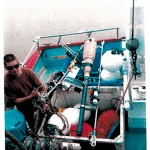
FYI the slug in the photo is Doris montereyensis one of several false sea lemons. I believe Peltodoris nobilis is considered the true “Sea Lemon” due to its fruity smell when removed from the water. Stupid common names. :p
Clinton
I think you are right, which is why I didn’t assign a species name to it. The Sea Lemon (Peltodoris) has a somewhat smoother dorsal epithelium. But it’s range overlaps Doris montereyensis quite a bit. I wonder what the difference between the two species (or genera for that matter!) really is?
With all due respect, molluscs & echinoderms are both posers when it comes to the title of coolest invert. Polychaetes win, hands (or should I say parapodia) down! I’m totally jealous of anyone lucky enough to be on an expedition with the chance to see so many wonderful critters of all kinds!
Gonna have to disagree with you Leslie – opisthobranchs are definitely where it’s at, though I have to admit that Sea Mice at least are pretty cool.
Also jealous that I’m not on an expedition looking at weird and wacky critters versus staring at a screen and writing code.
http://symonsez.wordpress.com/2009/06/23/the-signs-are-there-water-pollution-may-be-bigger-threat-than-global-warming/